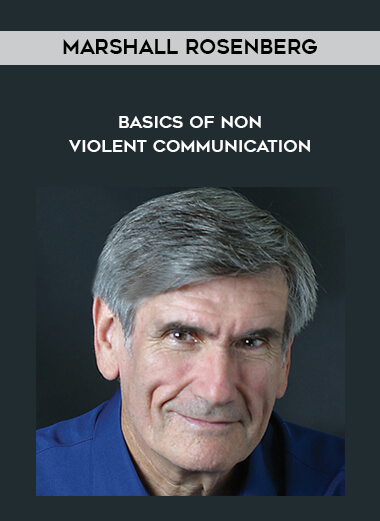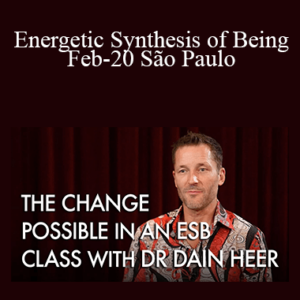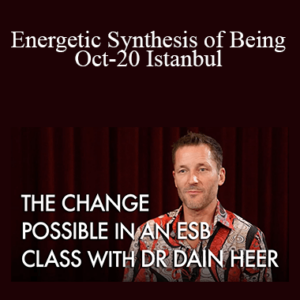 Marshall Rosenberg – Basics of Non Violent Communication
Marshall Rosenberg – Basics of Non Violent Communication
What others do may be a stimulus of our feelings, but not the cause.”
The basics of Nonviolent Communication are quite simple really.
Nonviolent Communication (NVC) helps you to create a high quality of connection out of which people spontaneously enjoy contributing to one another’s well-being.
NVC uses consciousness, language, and communication skills to create a framework from which you can:
- express your feelings and needs with clarity and self-responsibility;
- listen to others’ feelings and needs with compassion and empathy;
- facilitate mutually beneficial outcomes for all parties involved.
NVC is often associated with self-help communication skills, but it goes much beyond. Rather than a format, NVC is a consciousness based on the intention to create positive connection — recognizing that mutually enriching outcomes will emerge from the quality of the relationships. Rather than be motivated by fear, guilt, or any coercion, people give freely and happily when they feel good about each other and trust that their needs matter to the other person. NVC can help you create these kinds of relationships, personally and professionally.
NVC recognizes that how we interact with each other is driven by core human motivators also known as universal human needs. By using NVC in our daily lives, we can identify and transform deeply ingrained “violent” communication methods that get in the way of having satisfying relationships (Key Facts About NVC).
What is Violent Communication?
The basics of Nonviolent Communication involve expressing ourselves with clarity, compassion, self-responsibility, empathy, and the common good in mind, which is the exact opposite of what violent communication is. Violent communication involves threatening, judging, dehumanizing, blaming, or coercing others in order to get our way in a situation. Violent communication creates misunderstanding and frustration, pain and disagreements (Violent v Nonviolent Communication).
What violent communication is, in everyday desired relationship terms, is a way of thinking and speaking that gets in the way of the quality of connection for which we are looking. It can also lead to anger, shame, guilt, depression and, in extreme cases, emotional or physical violence.
Many of us are taught to express our feelings in terms of what another person has “done to us.” Unfortunately, we are not taught to take ownership of our feelings and needs in order to ask healthily for only what benefits and is fair to all parties involved.
The overwhelming majority of people do not consciously know what violent communication is, and because of this they end up using “violent” communication unconsciously. Or, they do not mean to communicate in a way that judges, demeans, or manipulates other people. This leads to conflict that could have been avoided using the consciousness and tools of “compassionate communication,” another name for NVC.
Compassionate Communication Needs ListCompassionate communication is the most effective way to provide conflict resolution and mediation when, and even before, communication turns violent. As NVC practitioners experience on a daily basis, even what seems like a small amount of awareness into our own thoughts, patterns, and behaviors can result in life-altering evolutions in communication and consciousness.
Feelings and needs are an inherent part of human existence. Because everyone has them, they can provide a basis for human-to-human connection. Anytime we can take a conflict and distill it down to the essential feelings and needs, at that point people can see each other human-to-human, and it’s much easier to find a mutually agreeable resolution.
A compassionate communication needs list is an extremely helpful tool in the self-discovery process. Identifying common needs all human beings can help us understand our own and others’ deeper motivations, can help us feel more comfortable with our feelings and can help us open to the powerful vulnerability of truly being human.
A compassionate communication needs list can also help shape how we choose to interact with ourselves and others every day.
Marshall B. Rosenberg’s VisionUpon developing the Nonviolent Communication process in the 1960’s, Marshall B. Rosenberg strove to teach people of any age, gender, ethnicity or background an incredibly effective alternative to how most people were taught to communicate.
Marshall routinely used Nonviolent Communication to solve disputes, and he could envision us using it preemptively to promote understanding between neighbors…. be they two human beings or two bordering nations.
At present, hundreds of certified NVC Trainers and supporters work tirelessly teaching NVC skills to people from all walks of life around the globe. How can you help actively support Marshall B. Rosenberg’s vision? By learning and living the Nonviolent Communication in your own life!
PuddleDancer Press Self Help and Communication Skills BooksPuddleDancer Press’s self-help and communication skills books help you learn to transform your thinking, moralistic judgments, and language in order to have the enriching relationships you dream of. As you learn how to apply NVC in your everyday life, you will start to resolve conflicts with more ease, learn to ask for what you want without using demands, begin to hear the true needs of others with less effort, strengthen your personal and professional relationships, and start living your full potential. Visit the PuddleDancer Press webstore to shop our entire collection of Marshall B. Rosenberg’s NVC self-help and communication skills books.
Proof Content
Salepage: https://www.amazon.com/Nonviolent-Communication-Language-Marshall-Rosenberg/dp/1892005034
Arichive: https://web.archive.org/save/https://www.amazon.com/Nonviolent-Communication-Language-Marshall-Rosenberg/dp/1892005034
Delivery Method
– After your purchase, you’ll see a View your orders link which goes to the Downloads page. Here, you can download all the files associated with your order.
– Downloads are available once your payment is confirmed, we’ll also send you a download notification email separate from any transaction notification emails you receive from coursesblock.com.
– Since it is a digital copy, our suggestion is to download and save it to your hard drive. In case the link is broken for any reason, please contact us and we will resend the new download link.
– If you cannot find the download link, please don’t worry about that. We will update and notify you as soon as possible at 8:00 AM – 8:00 PM (UTC 8).
Thank You For Shopping With Us!








